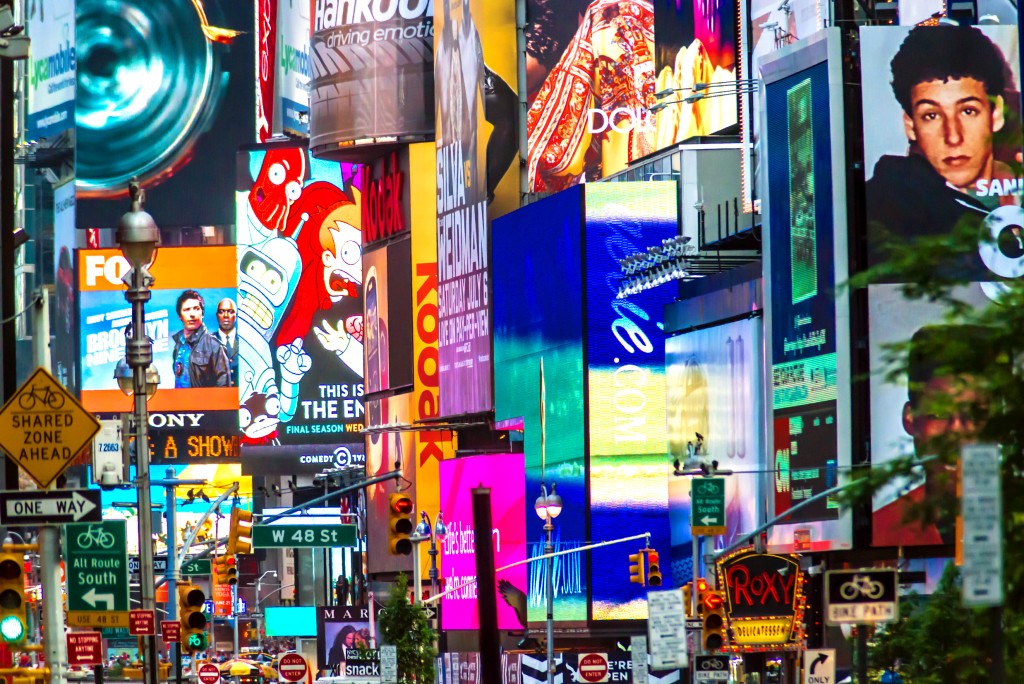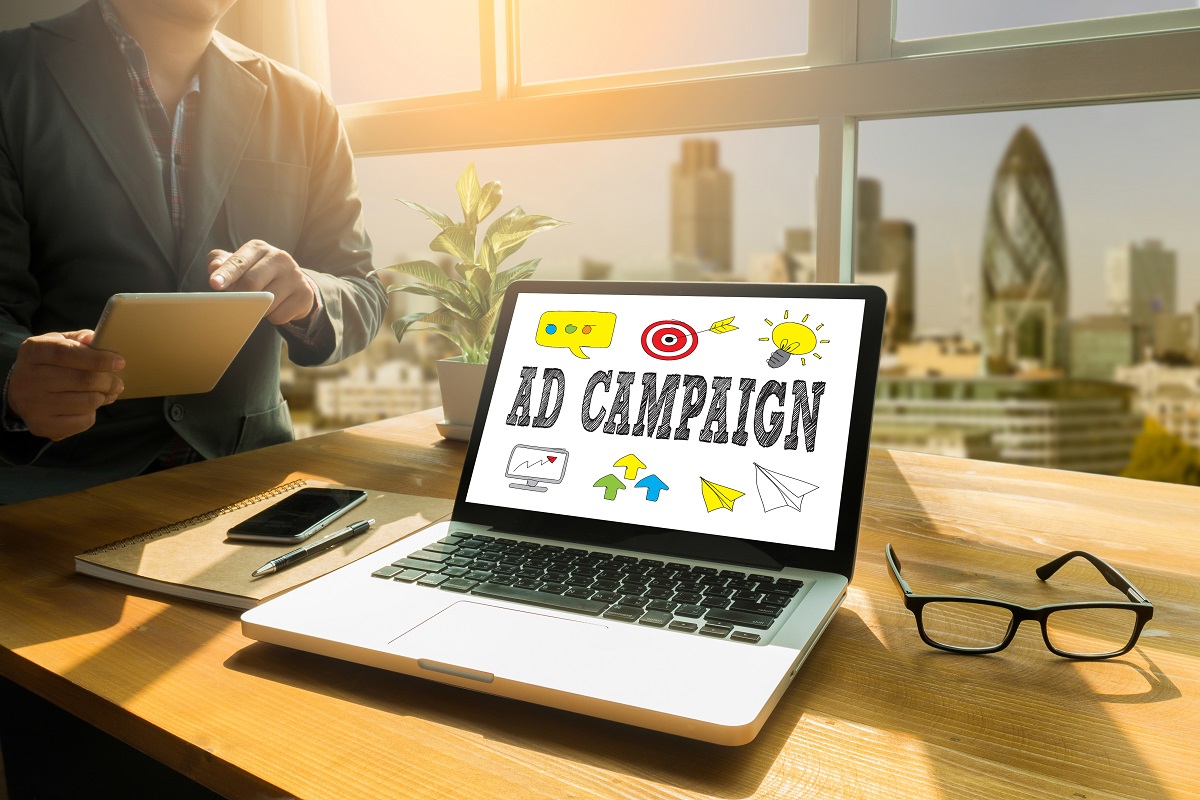Deciding on Your Advertising Channels

Billboards, radio, and TV commercials, and digital media are the channels by which consumers are bombarded with advertisements of products, ranging from beer to ice cream and from lingerie to weight-loss programs. Research suggests that 90% of consumers buy goods due to advertising. Buyers, however, are also primarily influenced by product quality and customer reviews. Companies are becoming savvier and looking for ways to save on marketing expenses. But should your company rely solely on digital marketing and social media to raise awareness about your goods and services? If you’re looking for the best channels in doing advertising, the following discussion will be useful for you.
Advertising Overview
While often used interchangeably, advertising and promotion mean two different things. The efforts surrounding advertising are focused on creating a brand and seek a more long-term emotional connection with the consumer. Dunkin Donuts’s “America runs on Dunkin” brand tagline subtly convinces you not to go for another brand. L’Oréal’s “Because you’re worth it” cleverly uses the time and tested approach of the “you” pronoun in a tagline to make that emotional connection to the customer.
Promotions are more short-term, intending to push a customer to buy now instead of later. A shop with a small poster that reads, “SALE 10% Off” is an example of this short-term approach. It’s important to understand these nuances as you try to decide the best marketing channels.

4 Advertising Channels
Perhaps your goal is to have realistic targets in terms of what each channel is meant to achieve. Using all, some, or a combination of the following channels might be good for your business.
- Mobile channel. The average American adult spends nearly three hours per day on their mobile phone. They spend about six minutes reading or researching and just fewer than 10 minutes a day taking care of their lawn. That’s a lot of hours and plenty of eyeballs. Mobile advertising should be at the top of your strategy list. The initial decision to buy something, whether online or instore, happens with a smartphone on the hand of the consumer. The non-mobile vs. mobile advertising ratio in 2011 was 95% to 5%. By 2016, it was 49.5% to 50.5%.
- TV Ads. Sure, digital platforms are re-shaping the entire marketing and advertising landscape. If your company’s budget will allow it, TV advertisement still packs a mean convincing power on consumers. A TV advertisement’s influence on consumers’ buying behavior is at 60%, besting online and social media advertisements.
- Email. Yes. It’s still useful, despite the seeming dominance of tweets and Facebook ads. Consumers respond to email marketing, especially if it’s highly personalized and doesn’t overwhelm them with text and images. Make the “call-to-action” links or buttons evident in the email.
- Website. This is your best free advertising. You control the content that you want to publish. You control the schedule and number of ads, and it’s a great way to capture leads strategically. How many times, for example, have you been asked at an event with the question, “Can you send me the link to your website so that I can check later?” Make your website sharp, spunky, and functional. It’s a great way to build your brand also.
Using video and social media, of course, should also be part of your important strategies. Hiring a digital marketing company will cost you, but it should always be there for your consideration. In the meantime, these key channels make for a good foundation for your overall advertising strategy.




